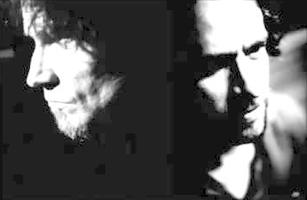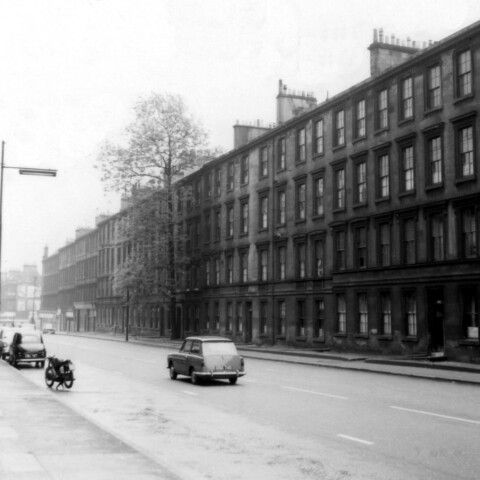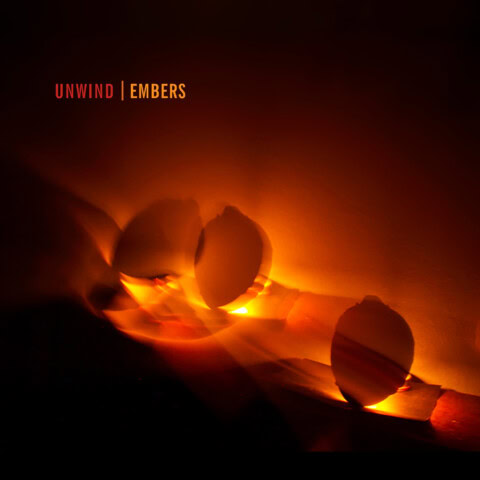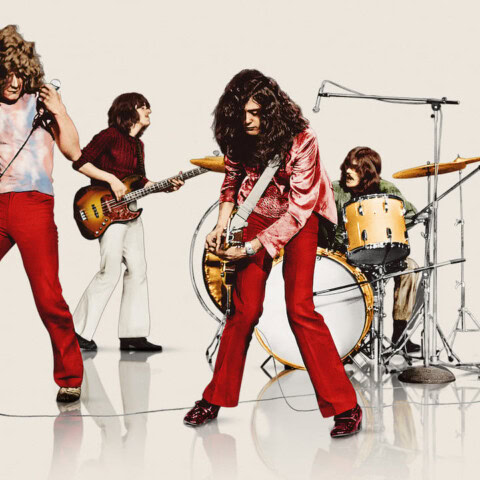 MARK LANEGAN’s 2012 solo release, Blues Funeral, was stunning – a surprising combination of caustic, nicotine-flecked blues-rock with a bit of Tom Waits’ drawling and more than a hint of Jim Morrison, minus the posing. It was one of the best rock records of the year, and accordingly, made it onto my little list.
MARK LANEGAN’s 2012 solo release, Blues Funeral, was stunning – a surprising combination of caustic, nicotine-flecked blues-rock with a bit of Tom Waits’ drawling and more than a hint of Jim Morrison, minus the posing. It was one of the best rock records of the year, and accordingly, made it onto my little list.
Black Pudding takes a u-turn and a quick diversion down a one-way side street.
Collaborating with multi-instrumentalist Duke Garwood, the album is minimalist, spare and relies on both the grain of Lanegan’s bluesy delivery, and Garwood’s atmospheric backings,  sometimes picked acoustic guitar, other times electric, or piano, or simply drones. Drums and percussion rarely make an appearance.
sometimes picked acoustic guitar, other times electric, or piano, or simply drones. Drums and percussion rarely make an appearance.
Lanegan’s emphysema croon is put to good use, but without the rock power of his last, I found it a little uneventful. Sometimes they record well away from the microphones, seemingly in an attempt to get an authentically documentary-style recording, but sadly, that sounds a little forced when you know they have both the dollars and the technology to get right up close.
For Lanegan or Garwood completists, perhaps, but a minor outing, nevertheless. GARY STEEL
Music = 3/5
Sound = 3/5

Mark Lanegan/Duke Garwood – Black Pudding (Ipecac) CD REVIEW
Latest from Music

OMD, The Thompson Twins’ Tom Bailey, etc: LIVE REVIEW
Despite a strong aversion to such things GARY STEEL attends an ‘80s nostalgia music festival and survives to tell the tale.

Matthew Bannister’s The Dark Backward reviewed
Matthew Bannister’s latest album is packed with 15 charming songs of sneaky feelings and revealing couplets, writes GARY STEEL.

Unwind’s Embers album a healing balm
The world's in a state of chaos, right? Here's an album that will give you gentle solace, writes GARY STEEL, who reckons taking a

Becoming Led Zeppelin – Cock around the clock
GARY STEEL discusses the still-contentious “classic rock” group Led Zeppelin and their first ever so-called “documentary”.

Tom Bailey of the Thompson Twins – Witchdoctor Q&A
For a while in the mid-1980s, the Thompson Twins were the biggest thing in pop, but when Tom Bailey retired the project in the









